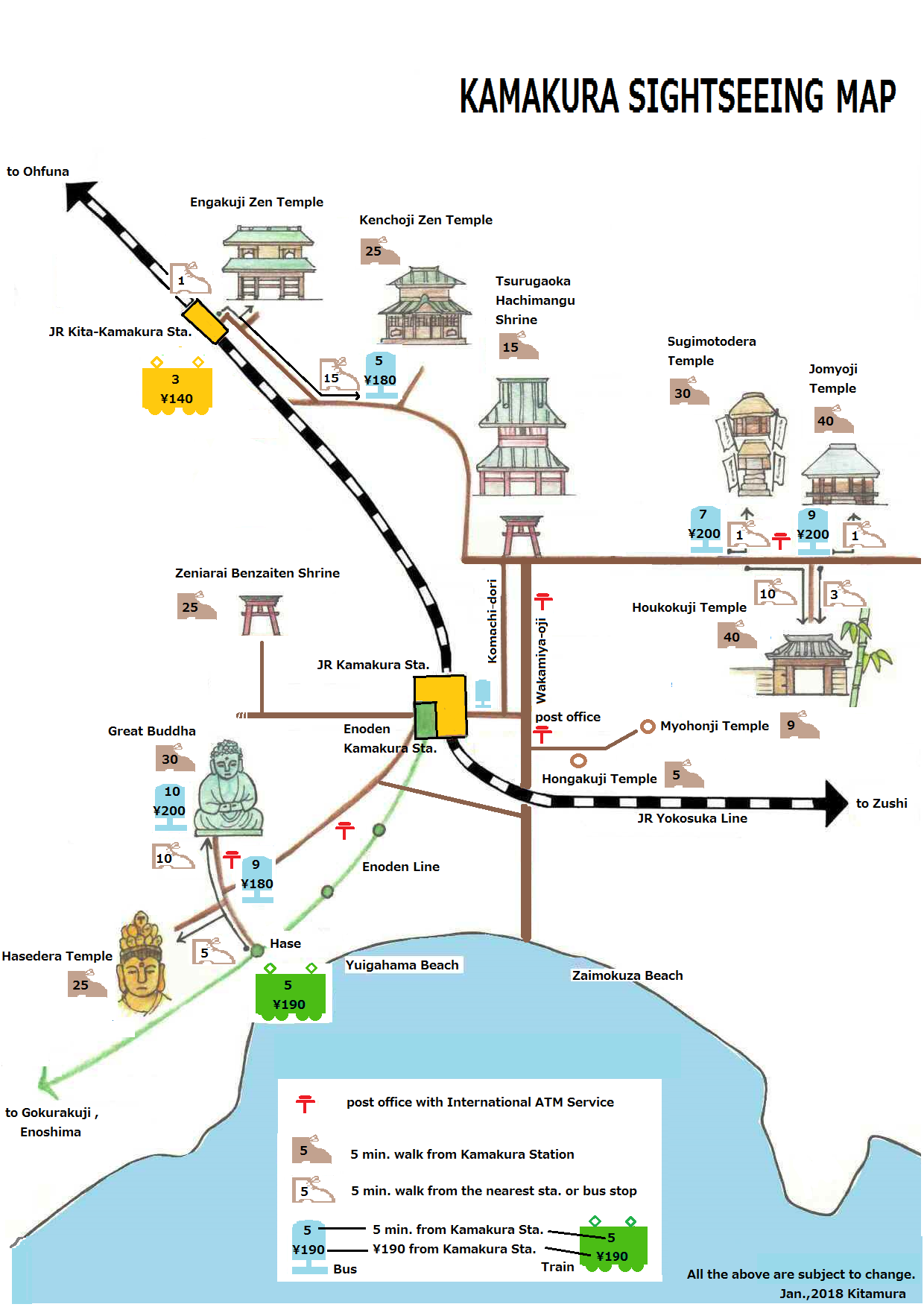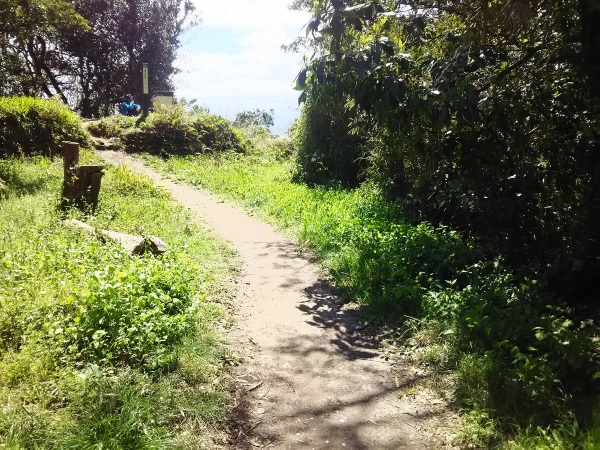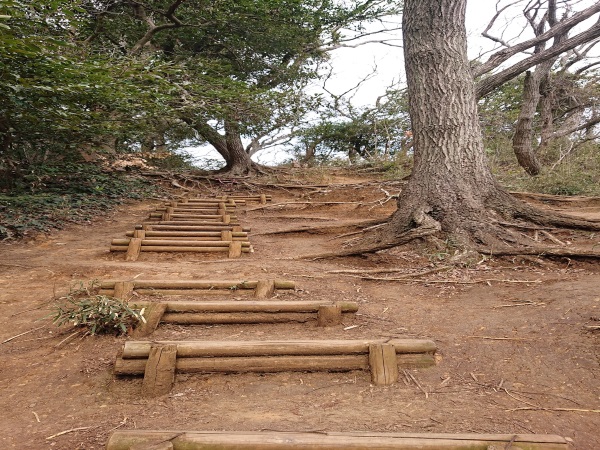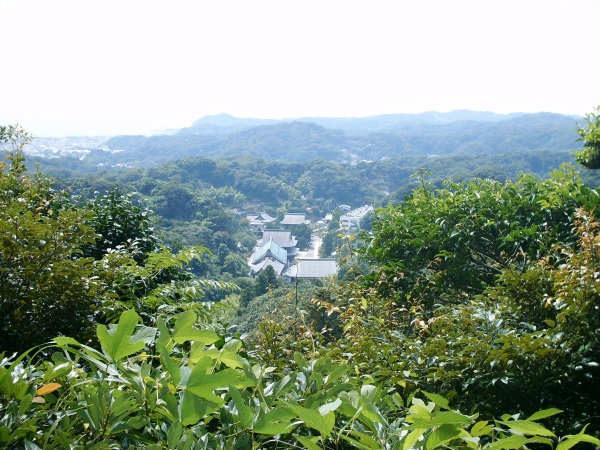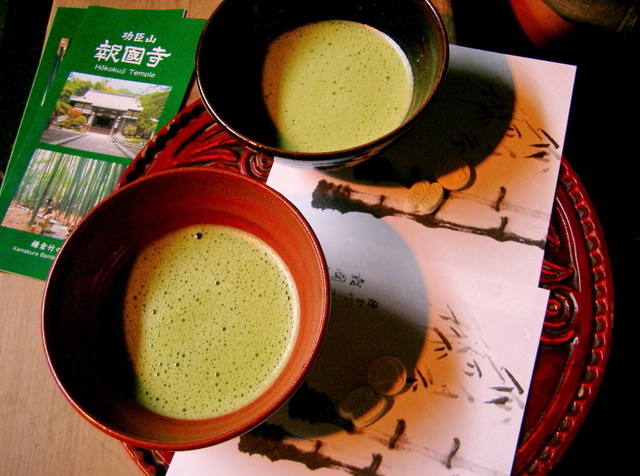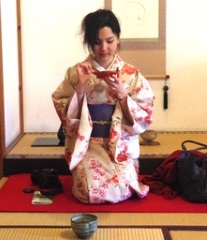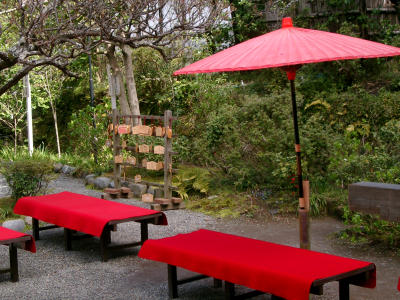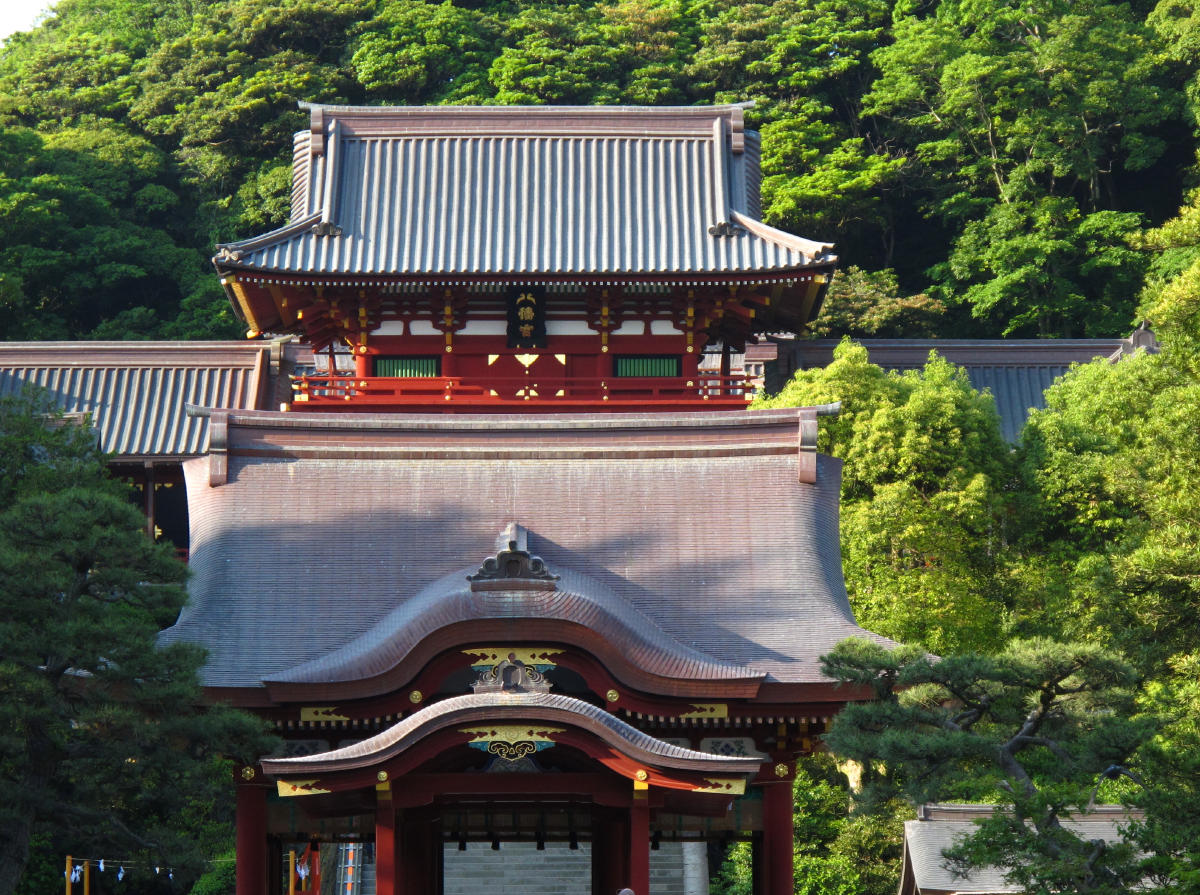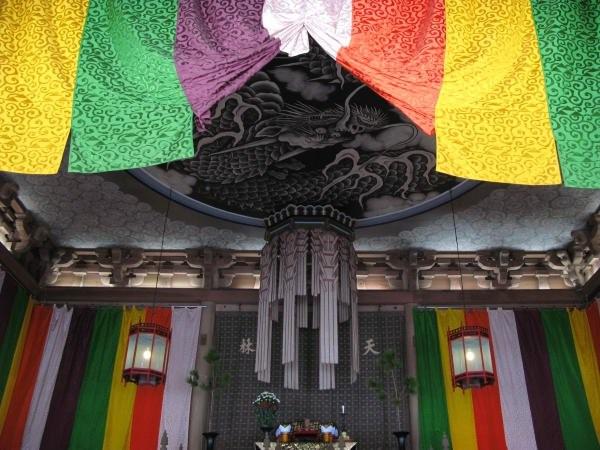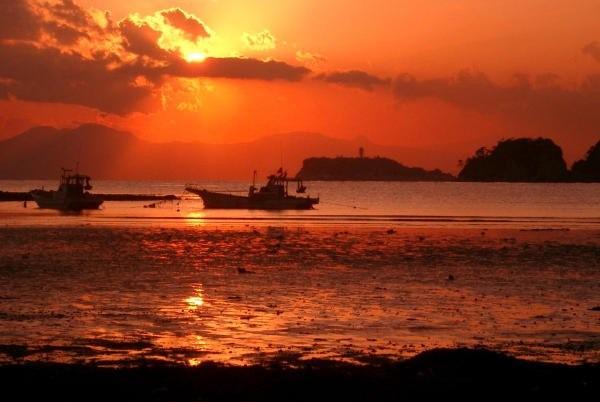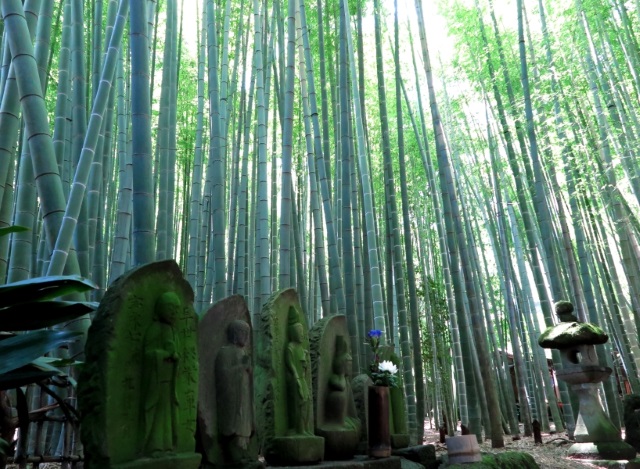Kamakura Welcome Guides
Tourists from all over the world enjoy our free guided tour.
Tourist Attractions in Kamakura
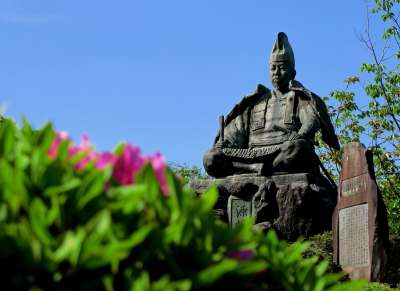
KAMAKURA, the Ancient City of Samurai
The great samurai leader, Minamoto Yoritomo placed his
headquarters in Kamakura in the late 12th century. The first
samurai government (the new political system) he established,
known as Bakufu, lasted for about 700 years and came to an end
in 1867 with the Meiji Restoration when sovereign power was
returned to the Emperor.

Geographical feature of Kamakura
It is said that Yoritomo chose Kamakura as his headquarters due
to its geographical aspects. Kamakura was strategically easy to
defend with the surrounding steep hills on the east, west and
north sides, and also was convenient for ocean transportation as
it faces the ocean on the south side. Kamakura was the ancient
Shogunate capital city for about 150 years until the capital
moved to Kyoto, and the spirit and culture of samurai during
this period are thought to have significantly influenced today's
culture, such as religion, architecture, works of art, cuisine,
etiquette, etc.
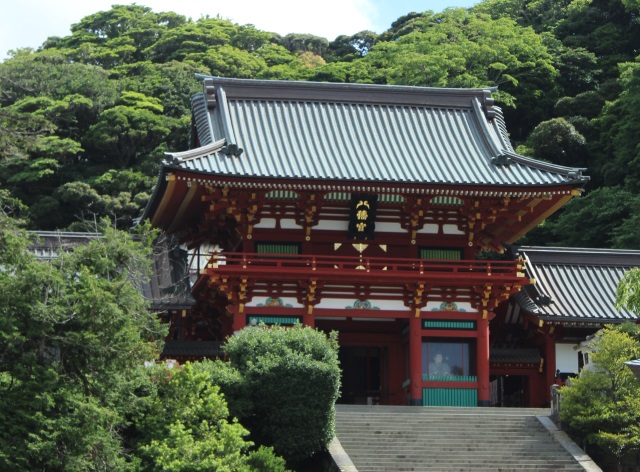
Tsurugaoka Hachimangu
In Kamakura this is the major shinto shrine and is very popular tourist
destination. This shrine was founded in 1180 by then shogun Minamoto
Yoritomo, who transferred the shrine from Yui-Wakamiya to the present site.
It is famous for its Yabusame, horseback archery performed in April and
September every year, and Dankazura, the elevated approach to the shrine
lined with cheery trees on both sides. In the early spring, it
is worth walking through Dankazura to the shrine under the
cherry blossoms.
Admission is free. 15 minutes on foot from JR Kamakura Station.
Its website:Tsurugaoka Hachimangu
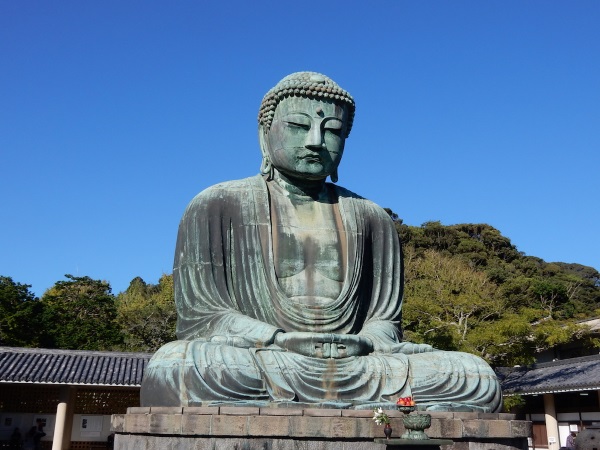
Kotoku-in(the Great Buddha)
This is a seated statue of Amida Nyorai (designated as a
national treasure), one of the biggest Buddha statues in Japan.
It is said that the bronze casting started in 1252 and took more
than ten years to complete. The statue used to be seated in a
building but the building was destroyed due to a series of
natural disasters that happened in the 14th century. The statue itself is about 11
meters-tall and weighs 121 tons. Who initiated and supported the construction of such a
big statue, who designed it and other details remain unknown. Kotoku-in ( the Great Buddha) is worth a visit.
Admission fee: 300 JPY. 10 minutes on foot from Enoden Hase
Station.
Its website:Kotokuin (the Great Buddha)
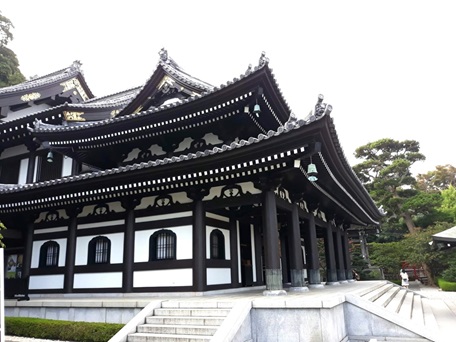
Hasedera
One of the oldest Buddhist temples in Kamakura. It is famous for its 11 headed wooden statue, known as Kan-non, which
is 9 meters-tall and lacquered with gold leaf. It is also
known for its beautiful flowers and blossoms.
The upper area of the temple overlooks wonderful Sagami Bay. It is worth a view.
Admission fee: 400 JPY. 5 minutes on foot from Enoden Hase Station.
Its website:Hasedera
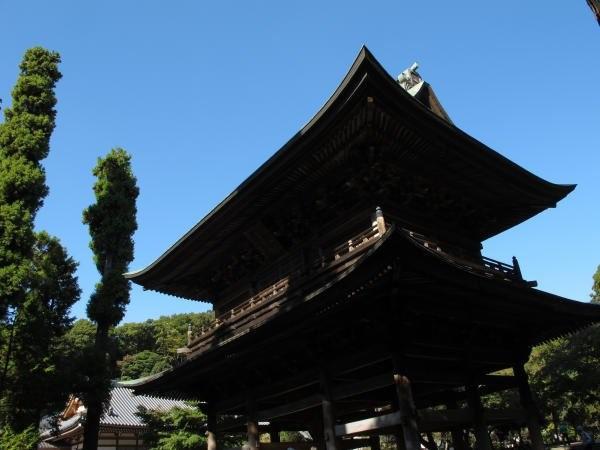
Engakuji
Established by then regent Hojo Tokimune to console the
souls of both the Japanese and Mongolian warriors, who died during the Mongolian Expedition
to Japan. Its temple bell and Shariden (a building where holy
relics of Buddha are enshrined) are designated Japan’s national treasure.
Admission fee: 500 JPY. 1-minute walk from JR Kita-kamakura Station.
Its website:Engakuji
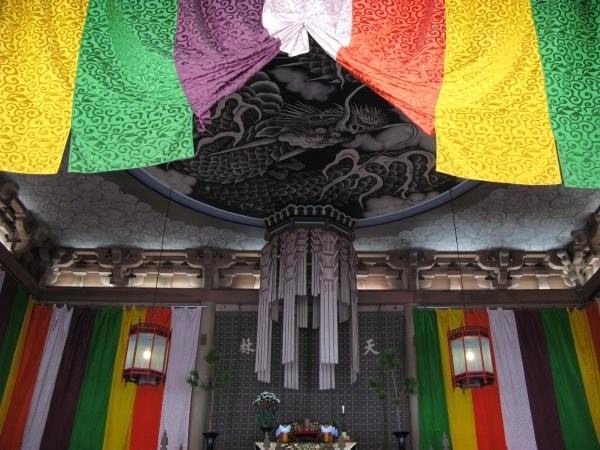
Kenchoji
This is one of the oldest Zen monasteries in Japan, founded
in the 13th century. The temple ranks top in
Kamakura Gozan (ranking system of five great Zen temples). Its bronze bell (Japan’s national
treasure) and a dragon painted on the ceiling of Dharma Hall are worth a look.
Admission fee: 500 JPY. 15-minute walk from JR Kita-kamakura
Station.
Its website:Kenchoji(Japanese)
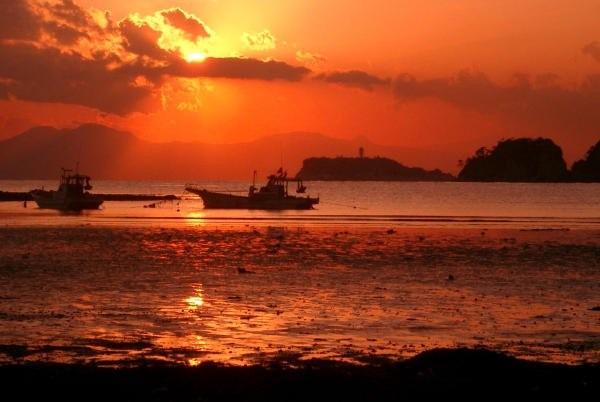
Seashores and Beaches
The photo is a breathtaking view of a dramatic sunset from
Zaimokuza beach. On a clear day, especially in winter, you might
be lucky enough to view Mt. Fuji behind the Enoshima island at
Zaimokuza beach or Inamuragasaki beach.
You can walk to the beaches from most stations of the Enoden
(Enoshima Electric Railway).
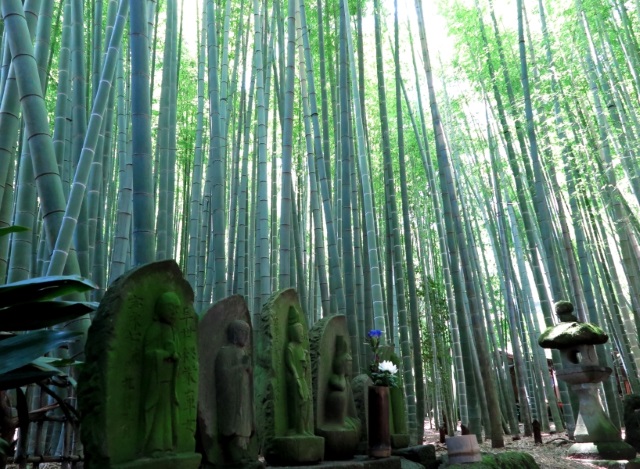
Hokokuji
This temple is known as “Bamboo Temple” for the bamboo grove inside its grounds. Listen to the sound of 2,000 bamboos trembling in the breeze
as rays of sunshine filter through them. Attain peace of mind
sipping matcha green tea there.
Admission fee: 300 JPY. Match green tea is 600 JPY. 15 minutes
by bus from JR Kamakura Station.
Its website:Hokokuji

Zeniarai Bezaiten
One of the most popular native shrines in Kamakura because of
the unique myth associated with it. Legend has it that if you
wash money with spring water in the shrine and spend it
properly, the money will multiply and come back to you later.
Why not try it and become rich?
Admission is free. 30 minutes on foot from JR Kamakura Station.
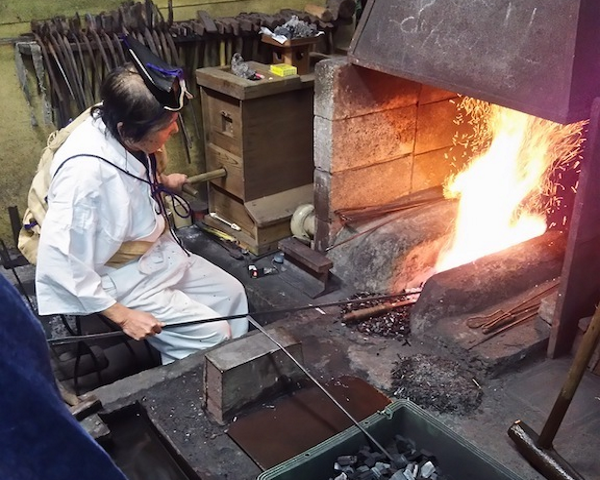
Masamune Swordsmith Shop
Tsunahiro Yamamura, the 24th generation of Goro Nyudo Masamune who
is the most famous swordsmith in Japan's history, manufactures
Japanese swords at the Masamune Swordsmith Shop located just a
five-minute walk from the JR Kamakura Station. You can visit the
swordsmith's shop and get the feel of real katana or Japanese
traditional crafts.
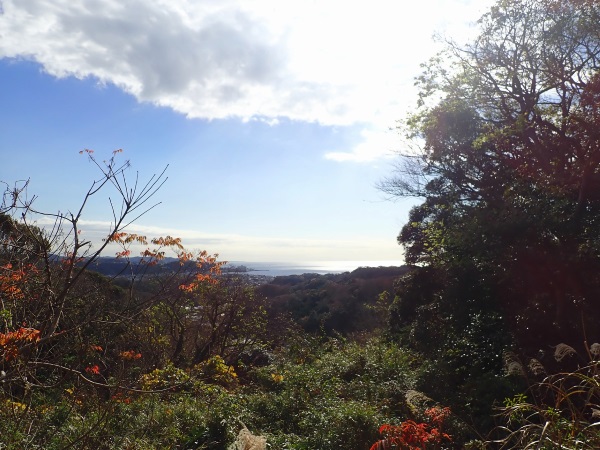
Kamakura Mountain Trail Walking
You can enjoy walking on mountain trails while getting exposure to the historical
heritage of Kamakura. Get more information from your tour guide to make a decision.
1. Gion-yama route (40 min.) You can view a beach from the observatory.
2. Daibutsu route(90 min.) You walk by a historical shrine as you enjoy the scenery.
3. Ten-en route(3 hours) This route has steep slopes but you might view Mt. Fuji.
You can access the Hiking Route Map. The green dotted lines are mountain trails.
|
Gion-yama route |
|
Daibutsu route |
|
Ten-en route |
Matcha
Attaining peace of mind sipping matcha green tea in Hokokuji
bamboo garden, appreciating the dry garden while sipping matcha
green tea at Jomyoji tea house, or viewing beautiful blossoms at
Butsunichian at Engakuji as you taste the matcha green
tea. You can put one of those three spots in your free tour plan.
For a more intense memory, you can hire a kimono in Kamakura to
wear as you sip the tea.
|
Hokokuji |
Jomyoji Kisen-an |
Engakuji Butsunichian |
Kamakura Photo Gallery
Kamakura Sightseeing Map
